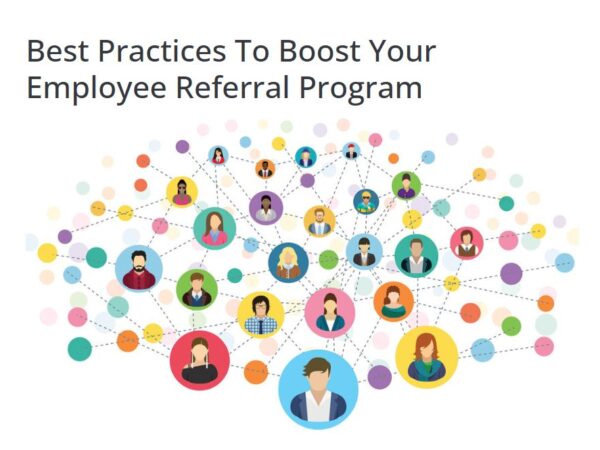
Paid time off (PTO) presents a unique challenge. It consistently ranks among employees’ most sought-after benefits. But PTO is also among the most underused offerings.
According to The Harris Poll, 78% of employees aren’t using all of their time off. And BenefitsPRO reports that almost 33% lose unused vacation time each year.
How do you get more value from a benefit employees want but don’t fully use?
Convertible PTO, also known as a PTO conversion plan, could be a solution. It allows employees to take the monetary value of unused time off and direct it toward other benefits.
Popular options include converting PTO dollars to:
- Retirement plan contributions
- Student loan payments
- Emergency savings accounts
- Charitable organizations
Convertible PTO advantages
Convertible PTO can benefit your employees and organization.
Employee benefits
Convertible PTO can empower employees through benefits flexibility and customization. It can also enhance equity by allowing workers to decide where to direct dollars from an underused benefit to an area of need.
BenefitsPRO reports that women and low-income employees are more likely to convert unused PTO to emergency funds. Younger employees tend to switch dollars to student loans. Older employees are four times more likely to direct money to their retirement plans.
Convertible PTO could provide a more equitable solution than an unlimited PTO policy. According to the HR business publication TLNT, 75% of employees with unlimited PTO say employers expect them to work while on vacation. And 83% say their workplace culture discourages PTO because of workload.
Convertible PTO can also reduce the frustration associated with losing the value of unused time. It allows employees to decide whether to use their full time off or apply it toward other needs.
Employer benefits
Convertible PTO plans can help you get more from your benefits investment. BenefitsPRO says PTO accounts for almost 25% of total benefits costs. Allowing employees to shift benefits dollars delivers greater value from funds that would otherwise have gone to waste.
Convertible PTO can drive engagement and retention. According to the benefits platform PTO Exchange:
- 78% of employees say benefits personalization is important.
- 70% say a convertible PTO plan would make them feel more valued and appreciated.
- A convertible PTO could decrease turnover by almost 55%.
Allowing employees to convert their PTO can reduce your financial liabilities. Some state laws require organizations to pay out unused PTO. These regulations create balance sheet liabilities that increase as employees receive higher salaries and more time off. States may also fine organizations for not paying out unused PTO promptly. A convertible PTO plan encourages employees to use or shift this benefit for immediate needs instead of letting it grow into an organizational liability.
Even when unused PTO payouts don’t apply, you gain value by demonstrating care for employee well-being. Almost 40% of employees say benefits don’t match their personal needs. You increase flexibility and personalization by allowing employees to shift dollars to more impactful benefits. The professional development firm Growth Signals reports that autonomy reduces burnout and improves work culture.
Convertible PTO challenges
Any benefits change brings new challenges. With convertible PTO, you’ll need to address administrative duties, tax compliance and employee communication.
Implementing a convertible PTO plan will increase administrative responsibilities. You’ll need to track PTO conversions for each employee’s choice and deduct the corresponding hours from their PTO banks. These duties will likely involve internal and external partners. For example, if you allow PTO conversions toward student loan debt, you may need to send converted funds directly to the loan servicer or through a third party.
You can offload duties to a third-party platform in exchange for upfront and ongoing costs for PTO conversions and administration.
Ensuring your convertible PTO plan remains compliant and avoids unintended tax consequences is critical. Understanding the tax differences between a PTO cashout plan and a convertible PTO plan can help.
The IRS considers PTO to be deferred compensation subject to taxation under constructive receipt. In a PTO cashout plan, employees take the cash value of unused PTO. The IRS considers this cash value to be wages. It would need to be taxed and reported on an employee’s W-2.
A conversion is different, but employees still cannot convert the full value of accrued PTO to pretax benefits such as a 401(k) plan. According to PTO Exchange, a service charge substantially restricts the deferred compensation enough for employees to access these funds without it being considered constructive receipt. Therefore, the full amount is not considered wages or subject to taxes like in a cashout plan. After the service charge, the remaining amount can be transferred to a 401(k) account, a student loan payment or another benefit of the employee’s choosing. Service charges typically range between 7.5% and 20%.
Employee communication is essential. Start with a survey to ensure a convertible PTO plan appeals to your workforce.
Use multiple channels to craft a message of empowerment and personal choice. The human resources association SHRM notes that it can be tricky to highlight the flexibility of convertible PTO without pressuring employees to use less PTO.
You may want to limit the amount of PTO employees can convert to encourage them to use time away from work to recharge. Otherwise, feeling pressured to work more can increase resentment and burnout. Emphasize that employees can still use their full allotment of PTO. But those who don’t can gain value from that unused time.
For more information
To learn more about convertible PTO, talk to your insurance broker or benefits adviser. They can help you remain compliant, explore PTO conversion vendors and develop employee communications.
This content is for informational purposes only and not for the purpose of providing professional, financial, medical or legal advice. You should contact your licensed professional to obtain advice with respect to any particular issue or problem.


